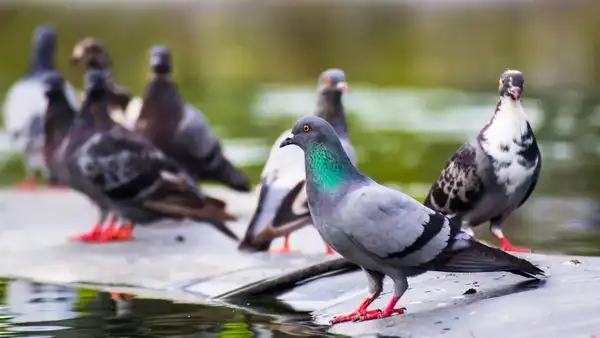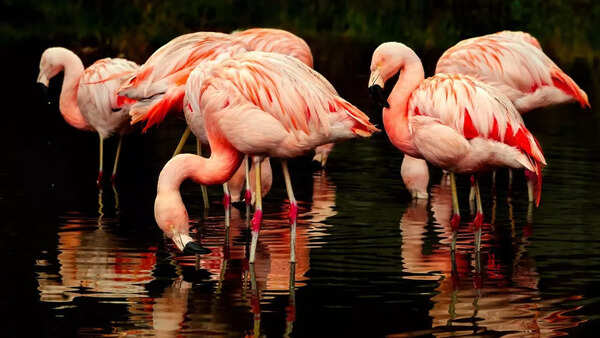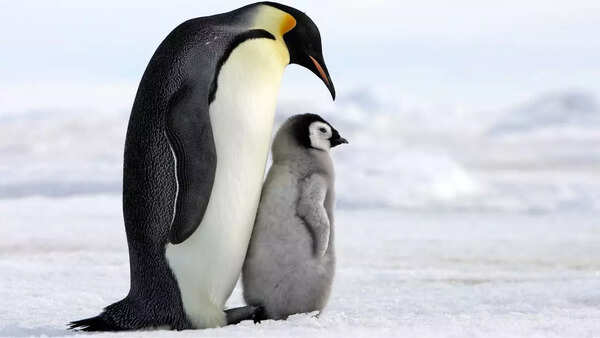3 birds that produce milk to feed their young

Feeding the young ones with the mother’s milk is is usually associated with the mammals that sets them apart from other animals. And just like many other species, birds also have no mammary glands and are generally not known to produce any milk-like substance. They rely on feeding their chicks regurgitated food, insects, or even whole prey, depending on the species. However, like most rules in nature, there are exceptions.
What is surprising to know is that a handful of bird species have evolved to produce a substance known as crop milk. It’s not the milk similar to what the mammals produce, and contains no lactose and doesn’t come from mammary glands, but it serves a similar purpose for the young. Crop milk is a nutrient-rich secretion produced from the lining of the crop, a pouch in the throat area, that provides necessary fats and proteins to hatchlings during their most vulnerable early days.
“Despite its name, crop milk is not a true milk but a secretion rich in proteins and fats that serves a comparable function,” says ornithologist Dr. Sarah Wagner in Bird Biology Today.
Here are three special bird species that produce crop milk to nurture their young ones.
Pigeons and Doves
Pigeons and doves are perhaps the best-known birds that produce crop milk. Both male and female members of the species contribute to feeding their chicks this thick, yellowish-white fluid for the first few days after hatching.
Crop milk in pigeons is incredibly rich as it contains about 60% protein and high levels of fat, which helps the chicks grow rapidly in their first week. This crop milk is produced by the triggering of the hormone prolactin, the same hormone responsible for milk production in mammals.
As Dr. Wagner explains, “The production of crop milk in pigeons is hormonally regulated by prolactin, mimicking the biological pathway seen in mammals.”

Flamingos
Flamingos are another unexpected member of this group. Both male and female flamingos produce a bright red-coloured crop milk; this red colour comes from carotenoid pigments in their diet, the same pigments that give flamingos their iconic pink colour.
Flamingo crop milk is also rich in fat and protein and contains immunity-boosting compounds to support the chick’s development in their early stages. During the first few weeks of life, flamingo chicks are entirely dependent on this substance for nutrition.According to a 2022 article in National Wildlife, “Flamingo crop milk is so essential that parents can lose up to 10% of their body weight during the feeding period.”

Emperor Penguins
Even though the Emperor Penguins live in one of the most extreme climates on Earth, they have developed this astonishing adaptation. When the female leaves to hunt after laying the egg, the male incubates the egg for over two months without eating.

If the chick hatches before the mother returns, the father produces a milk-like secretion from his esophagus(food pipe) to keep the chick alive.
This substance is high in protein and is a temporary solution until the mother returns with real food. It’s not actually crop milk but serves the same nurturing role.
As said by marine biologist Dr. Linda Cheng in Polar Life Journal, “Emperor penguin fathers produce a curd-like secretion that allows the chick to survive for days in the mother’s absence”.
Phot credits: Canva






